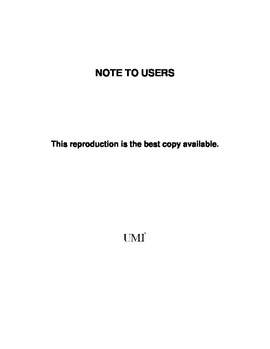| dc.contributor.advisor | Mish, Kyran D., | en_US |
| dc.contributor.author | Ramseyer, Chris C. E. | en_US |
| dc.date.accessioned | 2013-08-16T12:20:00Z | |
| dc.date.available | 2013-08-16T12:20:00Z | |
| dc.date.issued | 2006 | en_US |
| dc.identifier.uri | https://hdl.handle.net/11244/966 | |
| dc.description.abstract | Cold-formed steel strut purlins are important compression members in metal building wind bracing systems. They are generally located under the roof panel either in the braced bay or between the end wall and the first wind-braced bay in the building. Cold-formed Zee and Cee sections are typically used for strut purlins. The axial capacities of these members are often controlled by local and distortional buckling. These buckling modes can lead to a substantial reduction in the load-bearing capacity of these members. The current trend towards deeper, more slender sections makes this stability problem even more critical. | en_US |
| dc.description.abstract | Columns, or compression elements, are fundamental structural elements that exist in all but a few types of structures. Columns, or compression elements, made from cold-formed steel are fairly new products that have not been well studied. The code for the design of cold-formed steel built-up members is based on eleven hot-rolled tests while the code for cold-formed deep purlin design is based on three tests. | en_US |
| dc.description.abstract | The current criteria for calculating the axial load capacity of cold-formed Zee section strut purlins is based upon experimental studies conducted with sections up to 10 inches deep and 25 feet long, with h/t ratios between 100 and 135. This study investigates 12 and 14 inch deep strut purlins that are 30 to 40 feet long, with h/t ratios between 120 and 150. The results of full-scale testing of roof systems were compared to the theoretical capacities of the current AISI Specification and the Direct Strength Method. With strut purlins with no lateral bracing, it was found that the current design method is unconservative for sections with depths greater than 10 inches, and the Direct Strength Method tends to yield similar unconservative capacities. For the strut purlins with lateral bracing it was found that the current methods are marginally unconservative for deep Zee purlins and become increasingly unconservative for the heaviest 14 inch deep Zee purlins. Similar unconservative results are seen when the experimental results for built-up members are compared to the AISI Specification and the Direct Strength Method. | en_US |
| dc.format.extent | xxii, 240 leaves : | en_US |
| dc.subject | Axial loads. | en_US |
| dc.subject | Engineering, Civil. | en_US |
| dc.subject | Steel joists. | en_US |
| dc.subject | Steel Cold working. | en_US |
| dc.title | Axial load capacity of cold-formed steel sections. | en_US |
| dc.type | Thesis | en_US |
| dc.thesis.degree | Ph.D. | en_US |
| dc.thesis.degreeDiscipline | School of Civil Engineering and Environmental Science | en_US |
| dc.note | Source: Dissertation Abstracts International, Volume: 66-12, Section: B, page: 6795. | en_US |
| dc.note | Adviser: Kyran D. Mish. | en_US |
| ou.identifier | (UMI)AAI3203326 | en_US |
| ou.group | College of Engineering::School of Civil Engineering and Environmental Science | |
